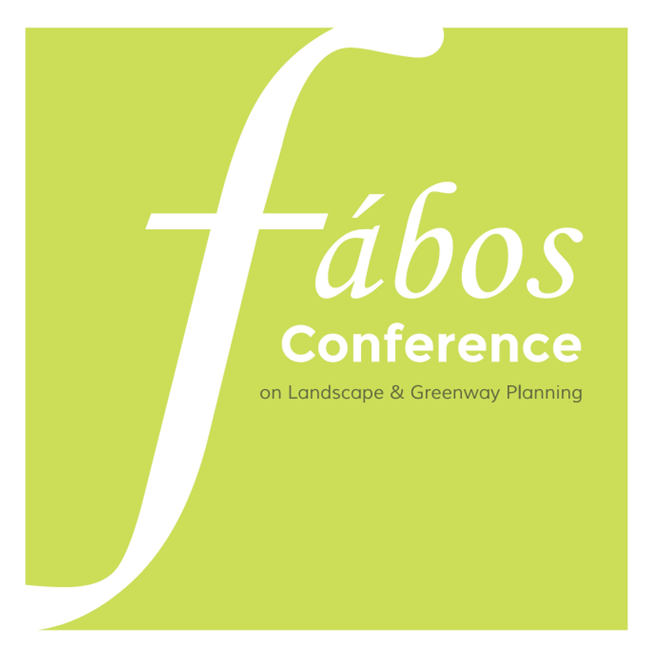Research on the Evaluation and Strategy of Streets in the Central Urban Districts of Beijing from the Perspective of the Healthy Streets
Abstract
Urban greenways are multi-functional networks of green corridors that connect natural and artificial elements within the urban environment. Streets, integral to the slow-moving system, are key artificial elements of urban greenways (WANG Zhaolin and HE Fang 2012). Street space is intrinsically linked to public health, influencing physical activity, comfort, and social interaction (YU Yang et al., 2021). Health-oriented street design is crucial in global research addressing urban health challenges (GE Yan et al., 2020). Establishing a healthy street evaluation system to identify issues in street spaces is currently an international research hotspot. However, China has not yet established a systematic and localized evaluation system for the Healthy Streets, and the design approach focused on the promotion of street health is not clear. The study aims to enhance the physical, mental, and social health experienced by the public on the urban streets through the concept of the Healthy Streets. It dissects the spatial elements of both vertical and horizontal interfaces of Beijing's urban streets, identifies the components affecting public health, and establishes a healthy street evaluation system with 22 indicators. By evaluating 1,465 streets in the Central Urban Districts of Beijing, the study pinpoints key deficiencies hindering street development and accurately diagnoses street health problems. The study finds that high volumes of motorized traffic, insufficient sidewalk widths, frequent adverse impacts from roadside activities, and inadequate street furniture adversely impact the health of Beijing's urban streets. The study concludes that differing street planning concepts and fragmented governance contribute to the complexity and difficulty of resolving these issues. The study proposes coordinating the systematic governance across various street departments, refining and upgrading the street environment, and integrating 'source governance' with 'appearance governance' to shape a healthy, green street environment. It aims to enrich the theoretical foundation of the Healthy Streets and to propose health-oriented street renewal strategies at the practical level, which will ultimately promote the healthy development of urban greenway systems and expand their health and well-being benefits for residents."
Keywords: urban greenway, urban street, the Healthy Streets, evaluation system, design approach
How to Cite:
Tian, Y. & Ding, Q., (2025) “Research on the Evaluation and Strategy of Streets in the Central Urban Districts of Beijing from the Perspective of the Healthy Streets”, Fábos Conference on Landscape and Greenway Planning 8(1). doi: https://doi.org/10.7275/fabos.2382
377 Views
268 Downloads
